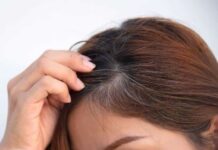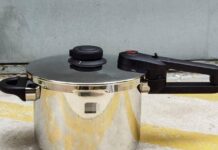Understanding the Basics of Wire Connections
Wire connection is a fundamental technique in the field of electrical installations. It involves securely and safely connecting electrical wires to establish reliable electrical connections. This method is particularly prevalent in residential settings where electrical systems are being installed.
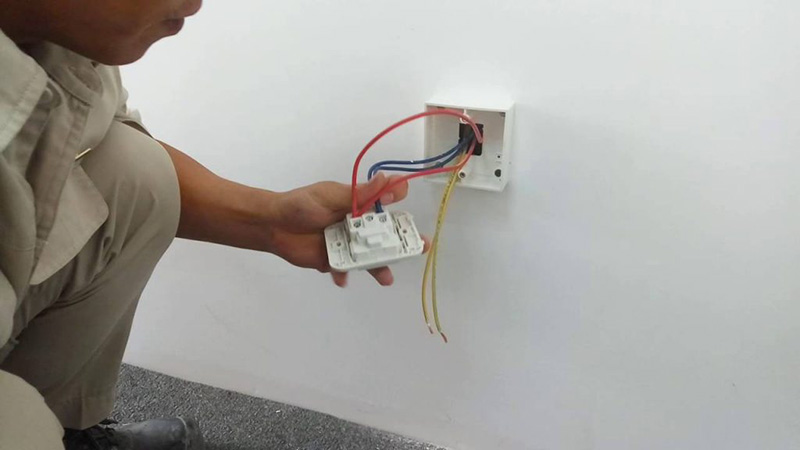
To ensure the effective operation of the electrical system, it is crucial to adhere to certain technical requirements and basic rules. These include selecting the appropriate wire cross section, ensuring solid and unbroken connections, using safe insulation covering, and maintaining a clean electrical core.
Wire connections play a crucial role in maintaining high aesthetic standards and ensuring reliable electrical operation within a household. By avoiding electrical leakage, slow device operation, and potential damage, proper wire connections not only enhance performance but also safeguard the lives of family members.

Gathering Supplies for Wiring a Connection
To ensure safety and proper technique for wire connection, it is important to have the following tools prepared:
1. Wire strippers: Used to remove insulation from the ends of wires without damaging the conductive material.
2. Wire cutters: Enables clean and precise cutting of wires to the desired length.
3. Electrical tape: Provides insulation and protection against electrical shocks.
4. Wire connectors: Used to join and secure wires together, ensuring a reliable and safe connection.
5. Crimping tool: Essential for securely attaching wire connectors to the bare ends of wires.
6. Multimeter: Utilized to measure voltage, current, and resistance, helping to ensure the accuracy and safety of electrical connections.
7. Safety goggles: Protects the eyes from any potential hazards or debris during the wire connection process.
8. Insulating gloves: Offers additional protection against electrical shock while handling live wires.
9. Cable ties: Used to organize and bundle wires together, preventing tangling and enhancing overall safety and neatness.
- Knife or Wire Stripper
- Insulating Tape
Our insulating tape is a high-quality electrical tape designed to provide superior insulation for electrical wiring and connections. It is made from durable and flexible materials that conform easily to irregular surfaces and provide excellent protection against moisture, dirt, and contaminants.
Key Features:
1. Superior Insulation: Our tape has a high dielectric strength, ensuring effective insulation from electrical currents and preventing leakage or short circuits.
2. Strong Adhesive: The tape features a strong adhesive backing that adheres securely to a variety of surfaces, creating a long-lasting bond and preventing the tape from unraveling or slipping.
3. Easy Application: With its flexible and conformable nature, our insulating tape can be easily applied to any shape or size of wire or connection. Its smooth surface allows for seamless wrapping without leaving any residue or causing damage.
4. Weather Resistant: Our tape is designed to withstand a wide range of temperatures and weather conditions, making it suitable for both indoor and outdoor applications. It provides reliable insulation even in extreme environments.
5. Versatile Usage: Our insulating tape is ideal for a variety of applications, including electrical repairs, automotive wiring, household wiring, and DIY projects. It can also be used for color-coding, bundling, and marking.
Choose our insulating tape for reliable and efficient electrical insulation. Its high-quality construction and excellent performance make it a must-have for any electrical project or repair. Shop now for the best deals on our premium insulating tape.
- Electrical Tester
Our electrical tester is a highly reliable and efficient tool for testing electrical circuits. It is designed to help professionals in the electrical industry ensure the safety and functionality of electrical systems.
With its advanced features and durable construction, our electrical tester is built to withstand tough conditions and provide accurate readings. It is an invaluable tool for electricians, contractors, and other professionals who need to perform electrical inspections and troubleshooting tasks.
Key features of our electrical tester include:
- Non-contact voltage detection
- Resistance testing
- Continuity testing
- AC/DC voltage testing
- LED light indication
- Highly visible LCD display
- Ergonomic design for easy handling
- Long battery life
- Wide measurement range
Our electrical tester is backed by a reliable warranty and excellent customer support. We are committed to providing high-quality products and services to our customers.
Whether you are a professional electrician or a DIY enthusiast, our electrical tester is the perfect tool to ensure the safety and efficiency of your electrical systems.
-
A multimeter, also known as a volt-ohm meter (VOM), is a handheld device used to measure various electrical properties such as voltage, current, and resistance.
It consists of three main components: a display screen, a selection dial, and a set of probes. The display screen shows the measured values in units such as volts (V), amperes (A), and ohms (Ω).
The selection dial allows the user to choose the desired property to measure, such as direct current (DC) or alternating current (AC). The probes are used to make contact with the electrical circuit being tested.
Overall, a multimeter is an essential tool for electricians, engineers, and hobbyists who need to troubleshoot electrical problems or perform electrical measurements.
Insulation Tools
Insulation Tools
- Insulated gloves
- Rubber boots
- Insulation board
- To complete the electrical connections, gather the necessary materials: wire junction box or devices, a screwdriver, screws, and other required tools.

How to Join Different Types of Joints in Construction
To successfully create any type of joint, it is crucial to begin by carefully removing the insulation layer in order to avoid damaging the conductive core. Once the insulation has been stripped, it is then essential to thoroughly clean the joints before proceeding with the jointing process.
Tomorrow’s Final Join-Up
We have expertise in working with two types of wires: single-core wire and multi-core wire.
Single-core wire:
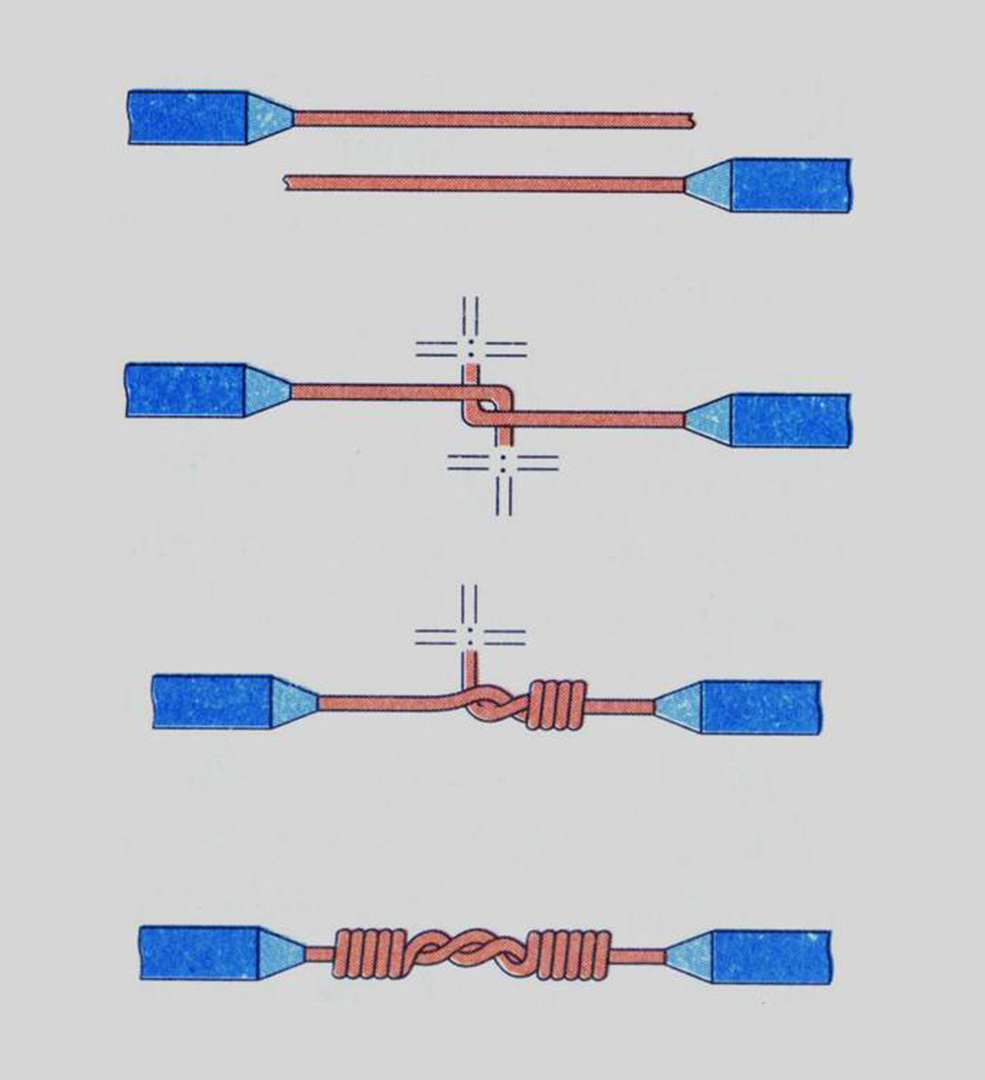
- To begin, carefully align two wire cores in a parallel configuration. Proceed by bending the square core section and interconnecting them securely. In the following step, take one end of this wire core and twist it with the other wire core, repeating the process in reverse.
- To ensure secure connections, it is advised to wrap approximately 5-6 turns on each side. Once done, utilize pliers to clamp the two ends of the outermost turn together, proceeding to twist them for further tightness.
- Please ensure that the connections are secure and then use insulated tape to wrap the wire core that has just been connected.
– Multi-core wire
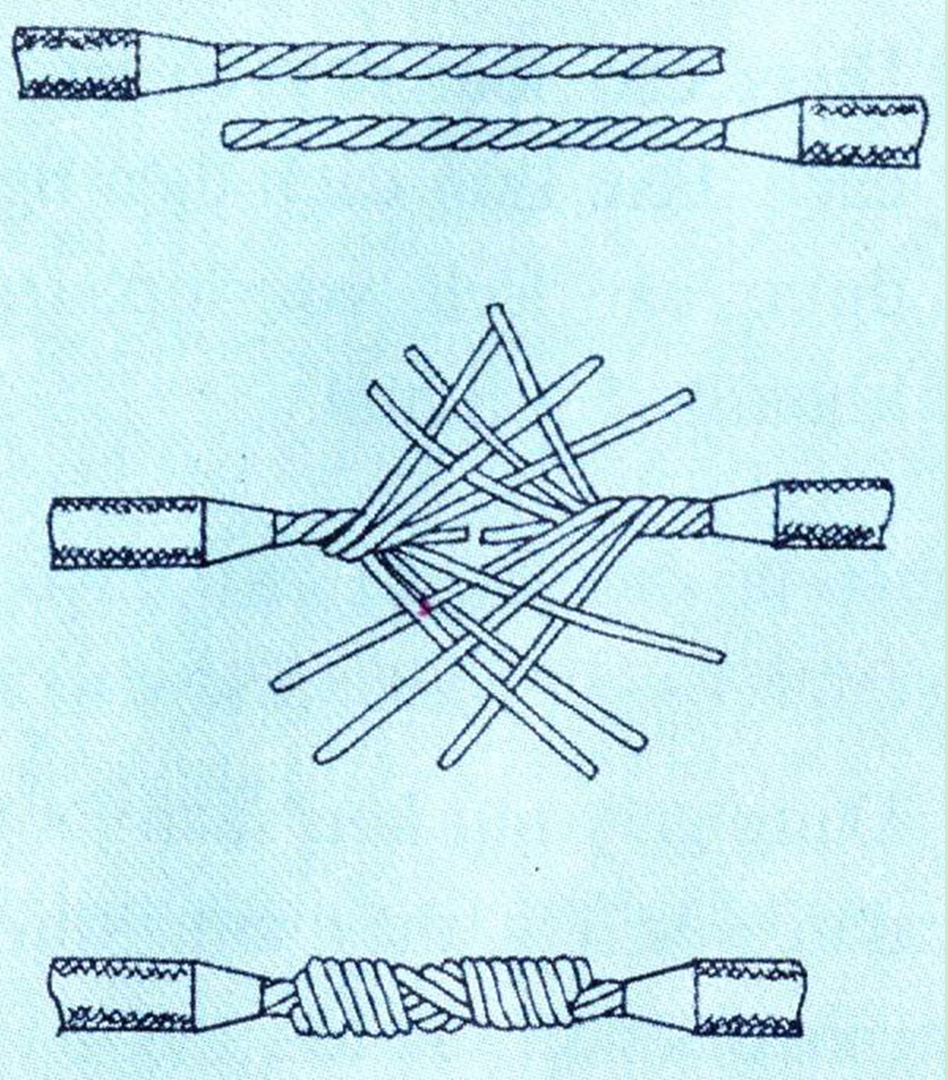
- Once the insulation layer of the 2 wire cores has been removed, it is important to thoroughly clean the core section and carefully separate the small core strands.
- Next, carefully intertwine the two ends and securely twist each side in the opposite direction approximately 4 to 5 turns.
- Please double-check the proper nesting of the elements before securing them with insulating tape.
Drug Dealers Sentenced to Prison After Joint Police Operation
A branch joint, also referred to as a T-shaped joint, is suitable for use with both single-core and multi-core wire. Prior to connecting, it is necessary to utilize wire strippers to remove the insulation layer from one end of the branch wire. The remaining portion of the main wire should have its insulation layer peeled off at a distance of approximately 5 – 6cm from the middle of the wire.
Solid-stranded wire
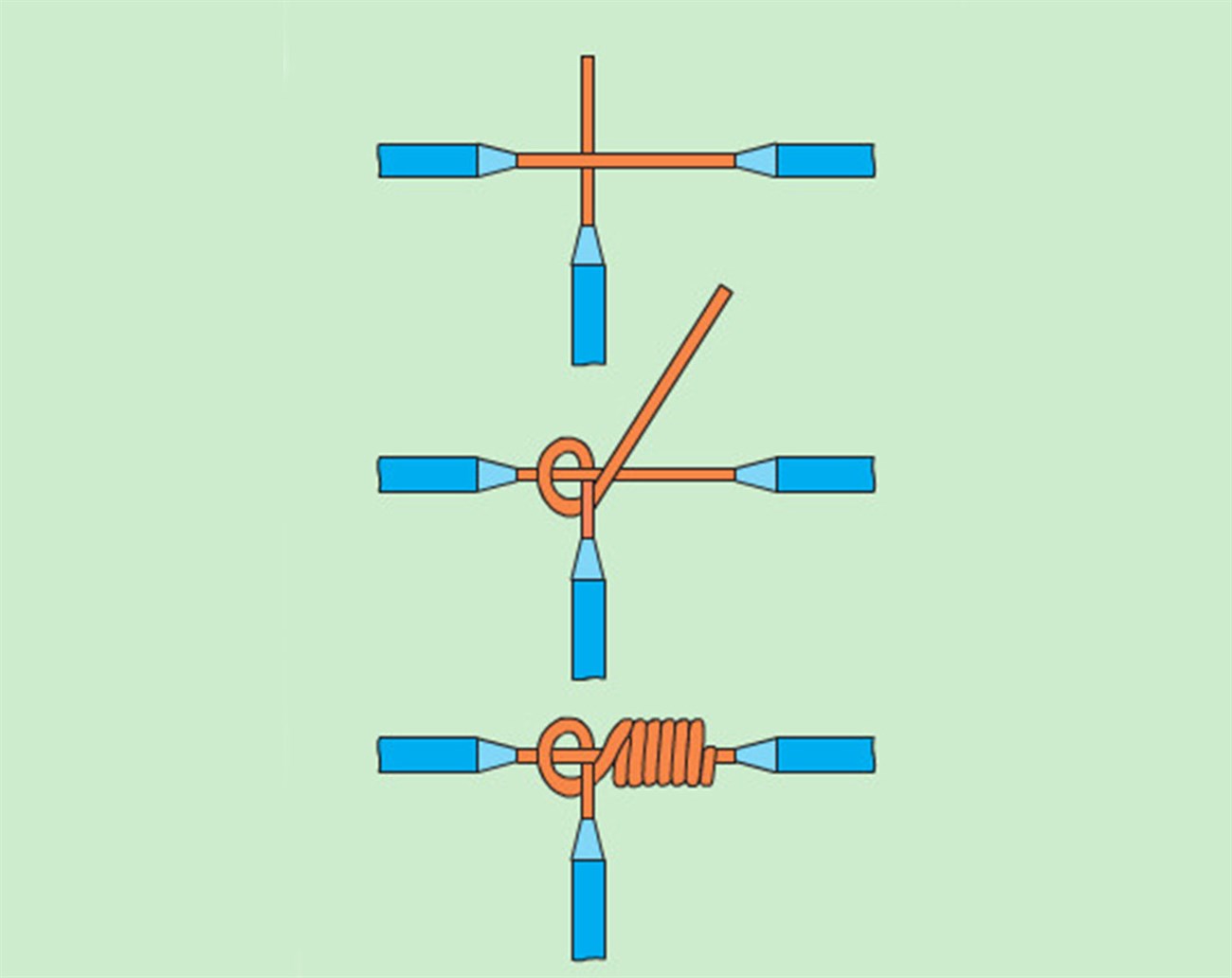
- After removing the insulation, the two wire cores should be positioned in a plus sign (+) shape and the end of the branch wire should be twisted from behind to the front.
- Please securely wrap the branch wire around the main wire, making approximately 6-7 tight twists. Ensure that you wrap it back through the back of the branch wire before doing so.
- Finally, double-check the connection once more and securely wrap it with insulating tape.
– Multi-core wiring
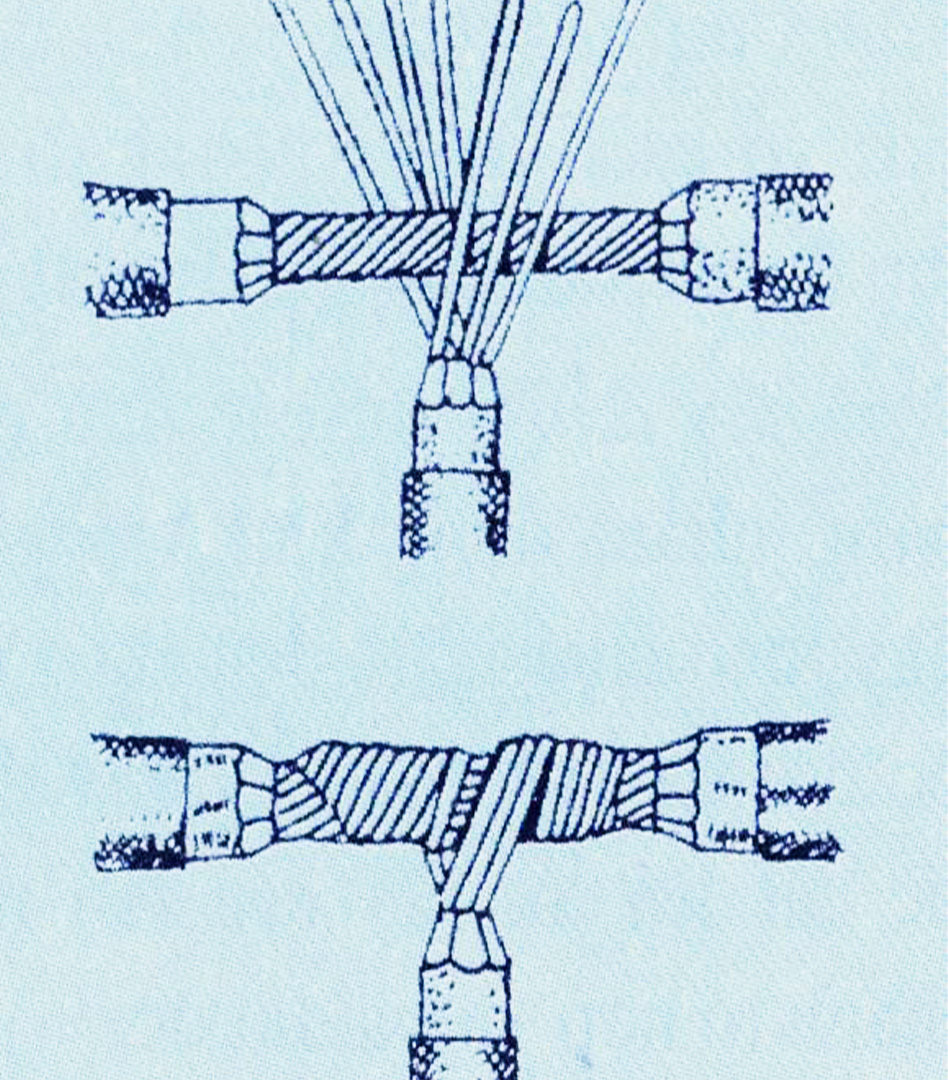
- To begin, evenly divide the core strands of the branch wire into two parts. Next, position the main wire core in the center.
- To secure the branch wire, twist each part onto the main wire in the opposite direction. If necessary, trim any excess core strands using a pair of scissors.
- Please ensure that the connection is properly checked and securely wrapped with insulating tape.
Screwed Joint
The method of connecting wires to electrical devices, such as lamp chains, sockets, and plugs, commonly involves the use of screws. To achieve this connection, the following steps are typically followed:
- To properly prepare the wire, begin by removing the insulation from the end. It is recommended to strip the insulation for a length of approximately 3cm. For smaller core wires, it may be necessary to strip a longer section and fold the core together.
- To properly assemble the components, twist the cores together and carefully insert them into the designated screw hole. Next, utilize a screwdriver to securely fasten the screw. It is crucial to avoid over-tightening, as excessive force can result in damaging the wire and breaking the core prematurely.

4 Crucial Considerations for Connecting Wires
To guarantee safety while connecting wires, it is necessary to take the following precautions:
- To ensure safety when connecting wires, it is important to turn off the power or employ insulation tools.
- Select intact insulated wires that are of relatively recent manufacture. The wires should possess the appropriate gauge and weight to effectively facilitate the conduction of electricity to various devices.
-
There are several connection points to consider when setting up your network:
- The first connection point is the modem. This is where your internet service provider connects to your network. Make sure the modem is properly connected to the internet source.
- The second connection point is the router. This device allows multiple devices to connect to the internet. Ensure that the router is connected to the modem and that all necessary cables are securely plugged in.
- From the router, you can connect devices wirelessly or via Ethernet cables. For wireless connection, make sure the Wi-Fi is enabled on your devices and that they are within range of the router. For wired connection, use Ethernet cables to connect the devices to the router or to any available LAN ports.
- After setting up the connection points, you may need to configure your network settings. This includes setting up a network name (SSID) and password, enabling security features like firewalls, and assigning static IP addresses if necessary.
- Remember to test your network connection to ensure that all devices are properly connected and that you can access the internet. Troubleshoot any connectivity issues if needed.
- Please ensure that the wire installation location is clear and unobstructed. It would be beneficial to choose a location with minimal foot traffic or obstacles that could potentially disrupt the wire connection and installation process.
- Once the wires are connected, it is important to assess any excessive exposure of wire cores that may compromise aesthetics. Additionally, it is crucial to ensure the stability of the connection and utilize an electrical tester or multimeter to verify optimal functionality.
- Please ensure labor safety, prevent fire and explosion by protecting the connection after connecting the wires.
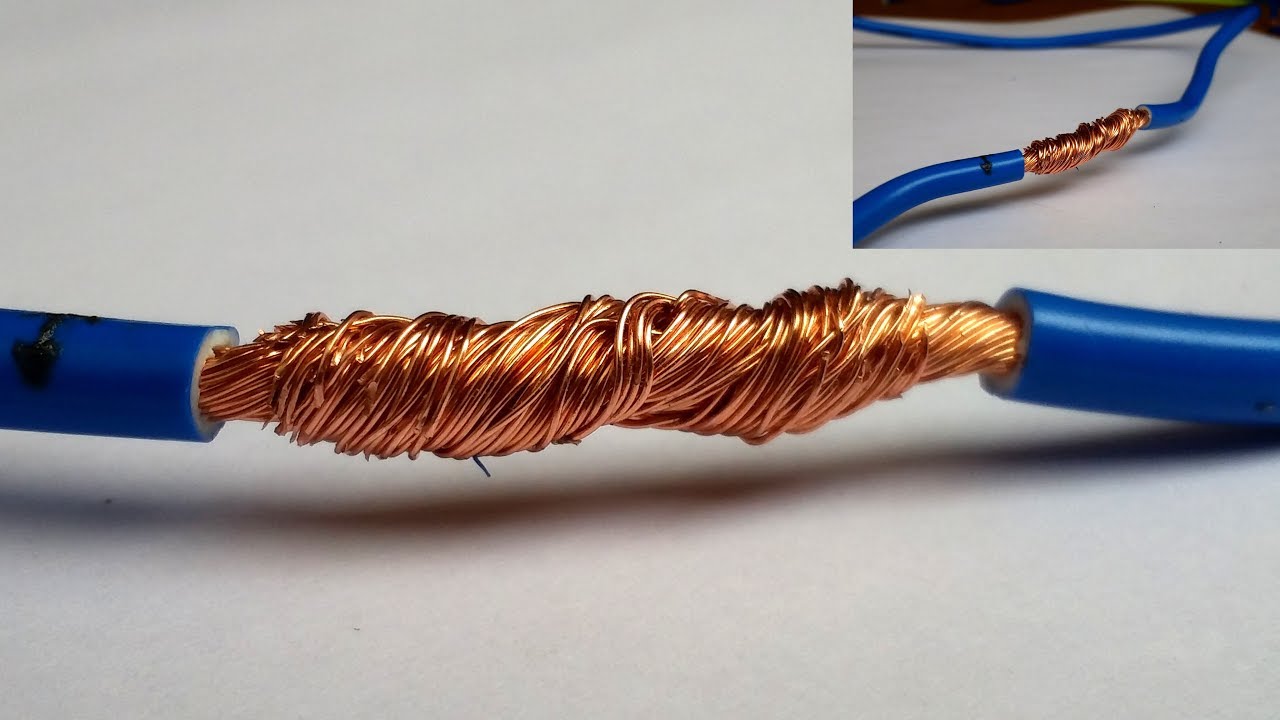
Above is an article that provides safe and proper guidance for connecting wires at home
. We hope you find it helpful! If you have any additional methods for connecting wires, please share them in the comments section below!





